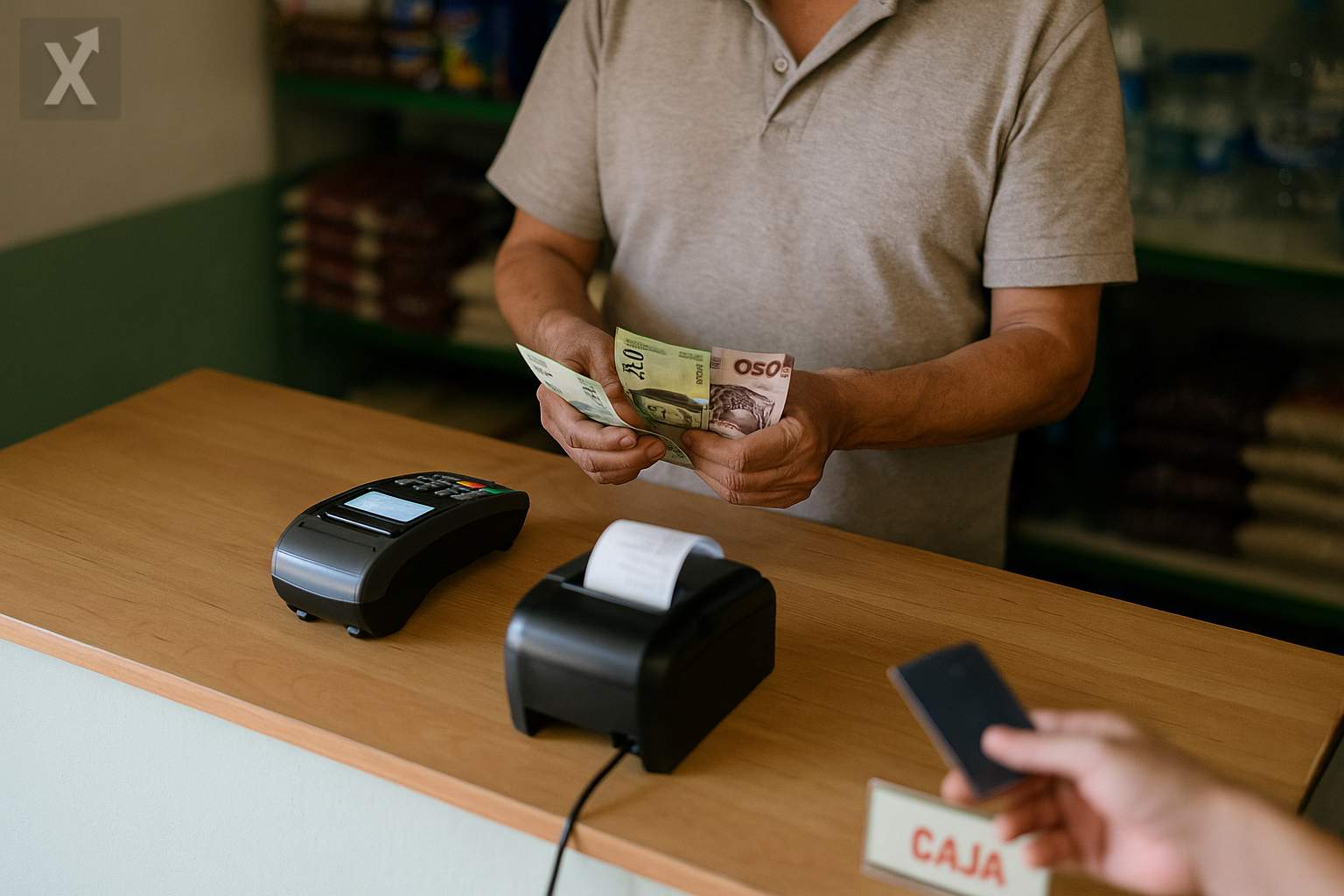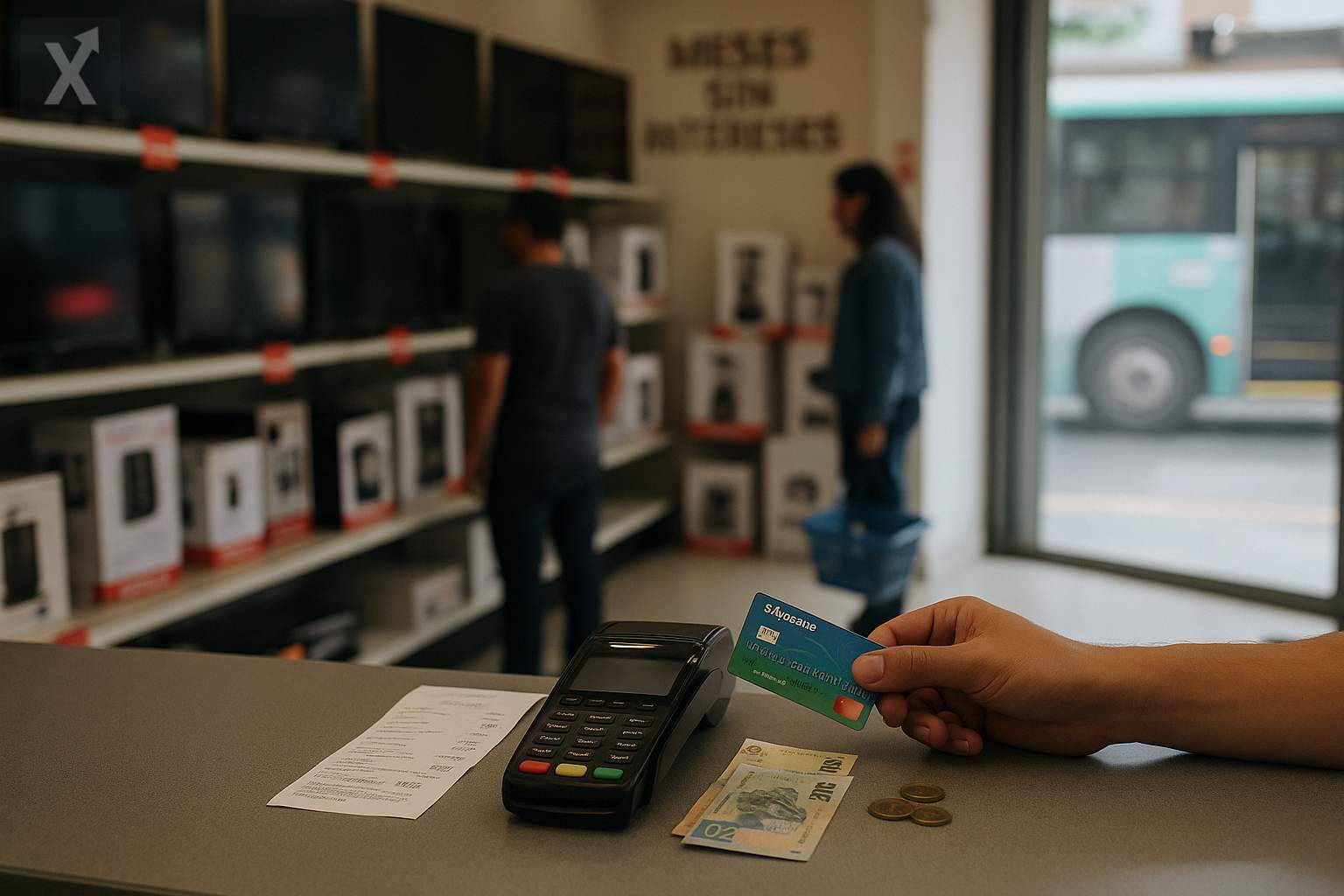Banxico and the Finance Ministry Propose Strengthening Inclusion and Access to Investment in Mexico

The Bank of Mexico (Banxico) and the Ministry of Finance and Public Credit (SHCP) reiterated the need to deepen cooperation between authorities and the private sector to facilitate Mexican citizens’ access to investment products and strengthen financial inclusion in the country.
At the opening of the 2025 Investment Funds Forum organized by the Mexican Association of Securities Institutions (AMIB), Banxico Governor Victoria Rodríguez Ceja highlighted the central bank’s role in ensuring the stability and smooth functioning of national financial markets. Rodríguez Ceja emphasized that Banxico will remain vigilant in taking whatever actions are necessary to help maintain optimal conditions in the sector.
Meanwhile, María del Carmen Bonilla Rodríguez, head of the Public Credit and International Affairs Unit at the SHCP, underscored the importance of the investment fund sector for economic growth, highlighting its contribution to financing key projects such as infrastructure and housing. Nonetheless, Bonilla acknowledged the persistent challenges in achieving broader financial inclusion in Mexico, noting that only 3.4% of the population uses instruments like fixed-term deposits or investment funds for savings.
According to data from the National Banking and Securities Commission (CNBV), assets under management by the investment fund sector reached 4.6 trillion pesos as of April 2025, a significant increase compared to the 1.9 trillion registered in 2015. Additionally, the number of contracts grew from 3 million to 13.1 million during the same period. However, the 2024 Financial Inclusion Survey reveals that only 2% of Mexicans use investment funds as a savings tool, compared to 23% who have a traditional savings account.
In response to these challenges, the CNBV is reviewing the regulatory framework to better protect investors and encourage greater public participation in financial markets. Efforts have also been made to improve the accessibility of investment products, such as lowering minimum investment amounts and fees, as well as streamlining account opening processes.
A central aspect of the government’s strategy is the promotion of the Digital Agenda, aimed at digitizing the financial sector to reach segments that have traditionally been excluded, including rural areas, through secure and efficient platforms. According to the SHCP, digitalization not only broadens access, but also encourages competition and strengthens financial education among the population.
The low penetration of investment products among the Mexican population reflects both structural limitations of the financial system and issues related to financial culture and education. Strengthening digitalization, the development of more accessible products, and cooperation between public and private entities will be key to increasing participation in the investment market and, as a result, contributing to more inclusive economic development. Over the medium term, the success of these strategies could lead to greater economic dynamism, increased productivity, and improved resilience to external shocks.






